Introduction
Smart glass, an innovative addition to architectural and interior design, has captured the imaginations of both designers and homeowners. With its capacity to transition from transparent to opaque at the press of a button, smart glass presents an array of possibilities for creating dynamic and practical spaces.
In this guide, we will delve into the intricacies of smart glass technology, its applications in design, and how to make well-informed choices when incorporating it into your projects.
Understanding Smart Glass Technology
Smart glass functions based on principles such as electrochromism, thermochromism, or suspended particle devices. These technologies enable the glass to alter its transparency or colour in response to electrical voltage, heat, or light. The outcome? Spaces that can seamlessly shift from open and connected to private and secluded. Such adaptability finds its place in conference rooms, healthcare facilities, and even modern homes, offering a seamless fusion of aesthetics and functionality.
Enhancing Energy Efficiency
One of the most compelling advantages of smart glass is its contribution to energy efficiency. By controlling the amount of sunlight that enters a space, smart glass helps regulate indoor temperatures, reducing the need for excessive heating, cooling, and artificial lighting. This not only reduces utility bills but also aligns with sustainability objectives, making it a desirable choice for environmentally conscious projects and buildings striving for LEED certifications.
Creating Dynamic Spaces
Picture a workspace that adjusts to your privacy requirements without sacrificing natural light. Smart glass makes this a reality, offering the flexibility to establish intimate settings within an open environment. Whether it’s a medical facility needing patient privacy or a residential space desiring a connection to the outdoors, smart glass adds a layer of adaptability that traditional materials cannot replicate.
Innovative Design Possibilities
Designers are embracing smart glass as a canvas for their creativity. The integration of smart glass into architectural facades, partitions, and even furniture blurs the boundary between technology and design. Responsive facades that adapt to environmental conditions, interactive partitions that transform at the user’s command—these innovations redefine the potential of spatial design.
Customisation and Control
The control lies with the user. Whether it’s a manual switch, a smartphone app, or an automated system, smart glass offers multiple methods for adjusting its tint levels. This customisation caters not only to personal preferences but also enables optimal lighting conditions and energy management. Furthermore, smart glass can be transformed into a dynamic digital display, enhancing user engagement and communication.
Factors to Consider When Choosing Smart Glass
Selecting the appropriate smart glass for your project demands careful consideration. Factors such as project objectives, budget constraints, and compatibility with existing systems play a pivotal role. Grasping the specific needs of your design and the functionality you aim to achieve will guide you towards the most suitable technology and supplier.
Installation and Maintenance
While the technology behind smart glass may seem intricate, its installation process is straightforward when managed by professionals. Maintenance is relatively uncomplicated, encompassing periodic cleaning and routine checks to ensure proper functioning. Common concerns related to durability and cleaning are readily addressed through adequate care and maintenance.
Cost Analysis and ROI
Initial investment considerations often arise when discussing smart glass. While the upfront costs may exceed those of traditional glass, the long-term savings in energy costs and improved space utilisation can result in a favourable return on investment. Calculating the potential ROI will aid in making an informed financial decision.
Addressing Common Myths
As with any pioneering technology, misconceptions abound. Addressing common myths about smart glass, such as concerns about durability, privacy, and maintenance, is crucial for making accurate decisions. By comprehending the technology’s capabilities and limitations, you can fully appreciate its potential in your design projects.
Future Trends in Smart Glass
The journey of smart glass is far from complete. Innovations continue to emerge, promising even more captivating possibilities for designers and architects. From self-tinting glass to integration with IoT systems, the future of smart glass brims with potential, paving the way for revolutionary design solutions.
Sustainability and Eco-Friendly Design
The amalgamation of smart glass technology with sustainability is a harmonious alliance. By decreasing energy consumption and minimising the need for artificial lighting, smart glass aligns with eco-friendly design principles. Opting for smart glass in your projects not only elevates aesthetics but also contributes to a greener, more energy-efficient world.
Collaboration Between Designers and Manufacturers
Effective integration of smart glass necessitates harmonious collaboration between designers and manufacturers. Designers infuse their creative vision, while manufacturers provide technological expertise. By working in tandem, these stakeholders can bring forth designs that seamlessly incorporate the advantages of smart glass.
Conclusion
The realm of design is undergoing a transformative phase, with smart glass leading the charge. Its capacity to craft dynamic spaces, amplify energy efficiency, and offer innovative design solutions is unparalleled. By grasping the technology, dispelling misconceptions, and collaborating efficiently, designers can harness the potential of smart glass to shape spaces that are as functional as they are aesthetically pleasing.
Who We Are
Tecdur is the leading manufacturer of smart glass for the UK and Ireland. Tecdur Switchable Glass provides the best clarity, lowest power consumption and lowest haze currently available. We can offer a wide range of specifications to meet project requirements with our switchable glass, cost is dependent on specification, application and design. Please get in contact with us to discuss further.
Please visit our portfolio for a look at completed projects. Keep up to date on our LinkedIn Showcase page


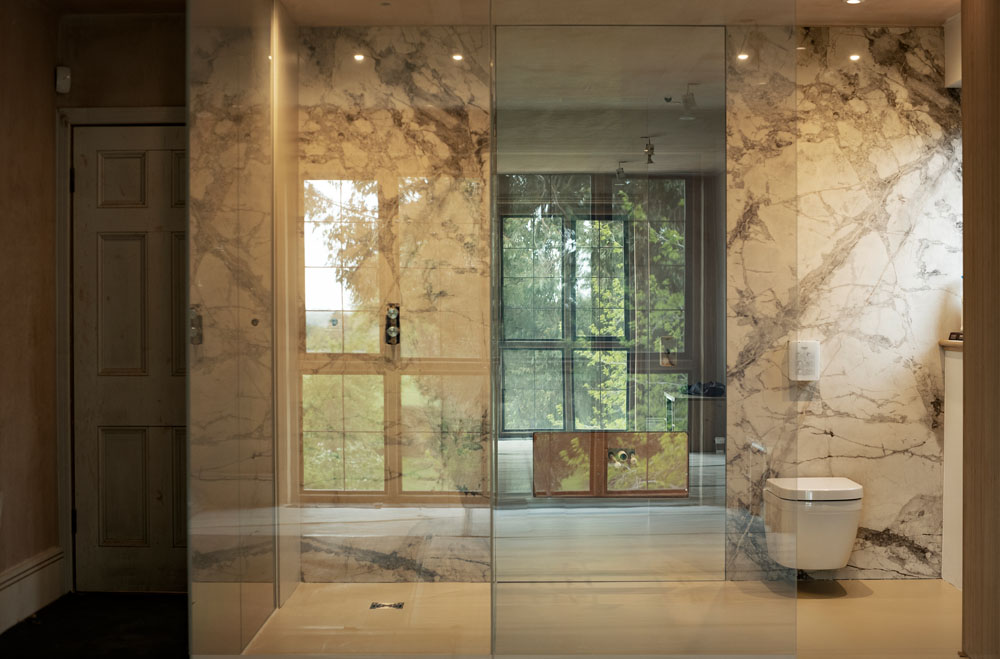
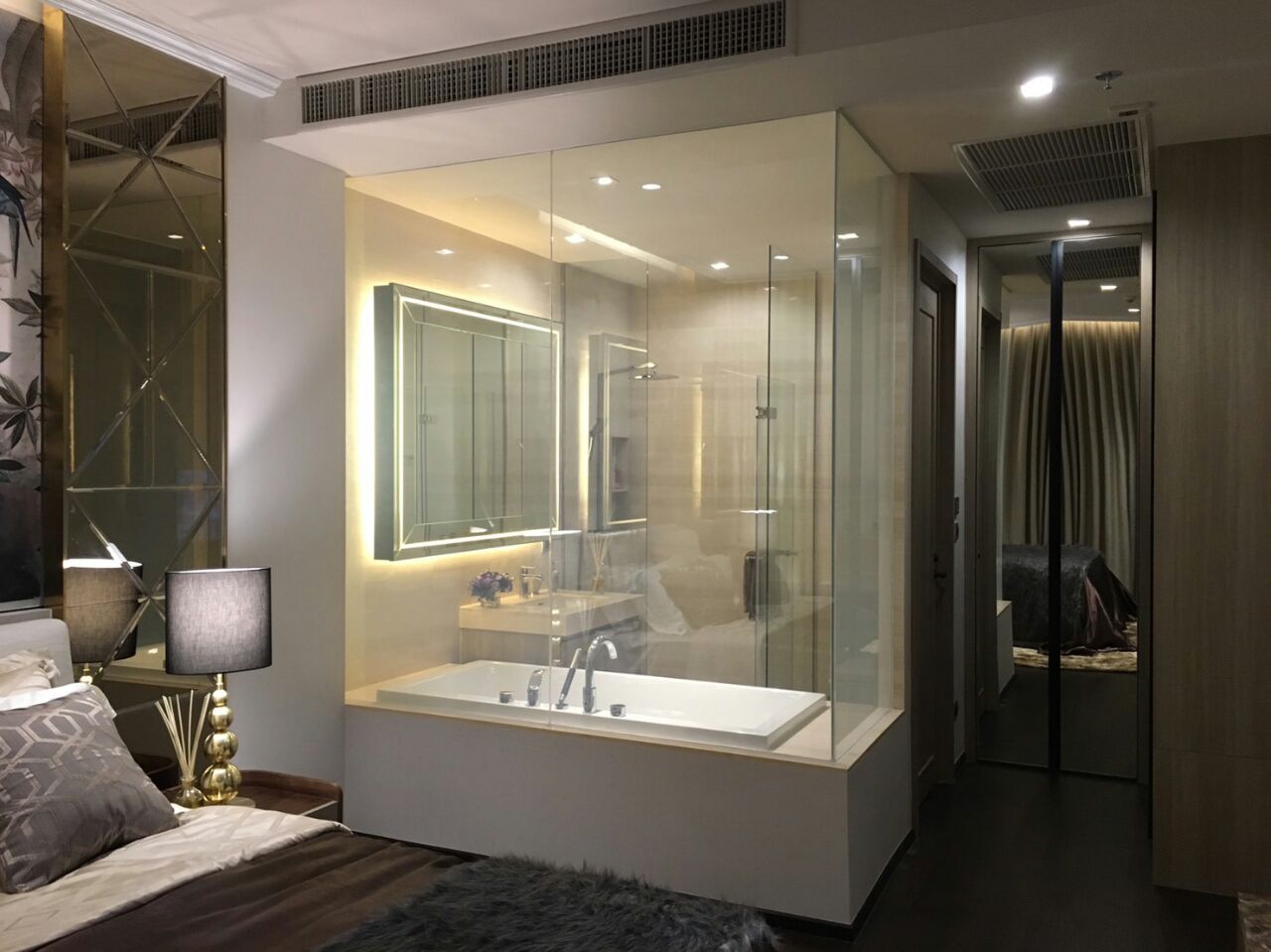
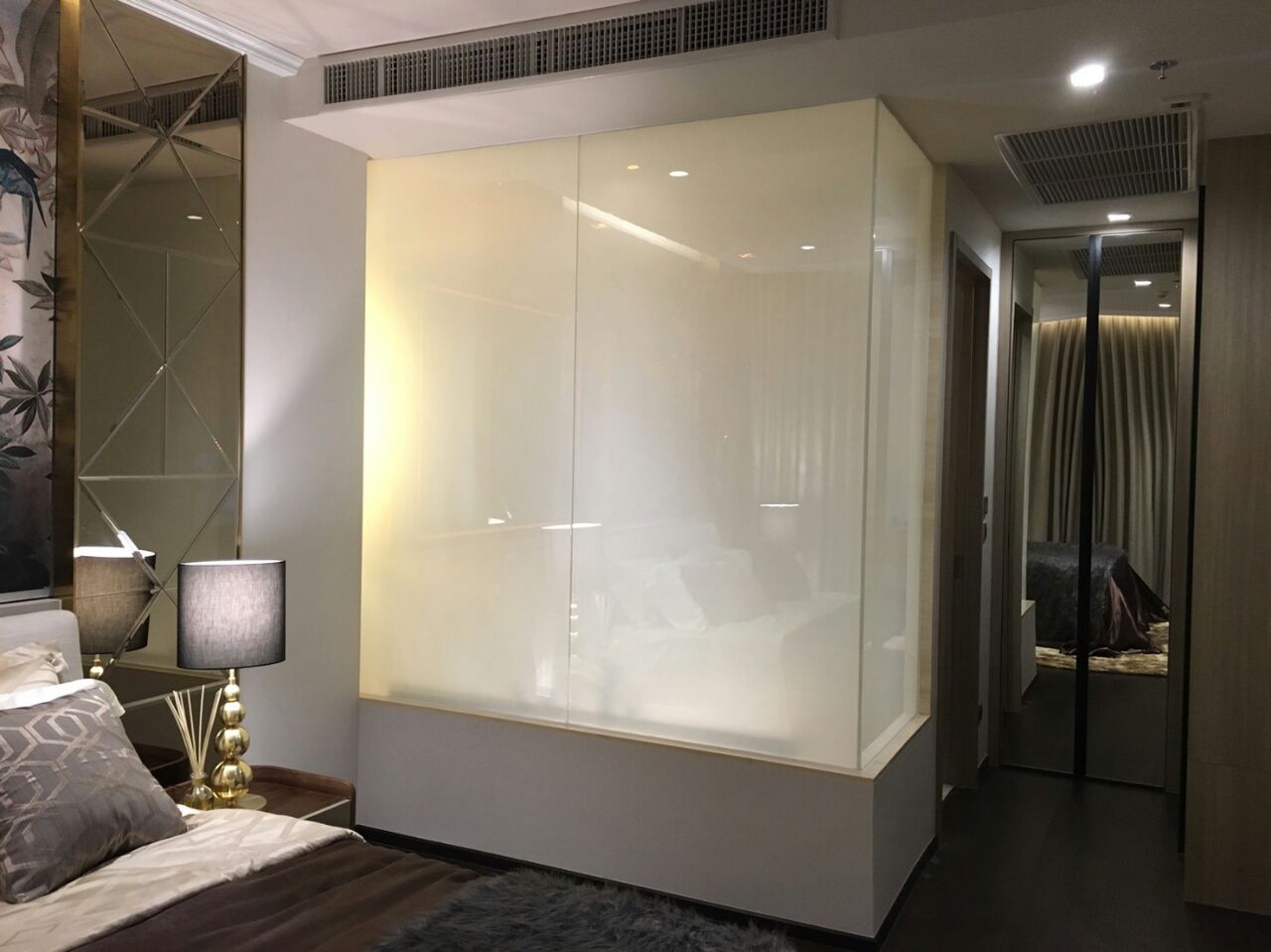
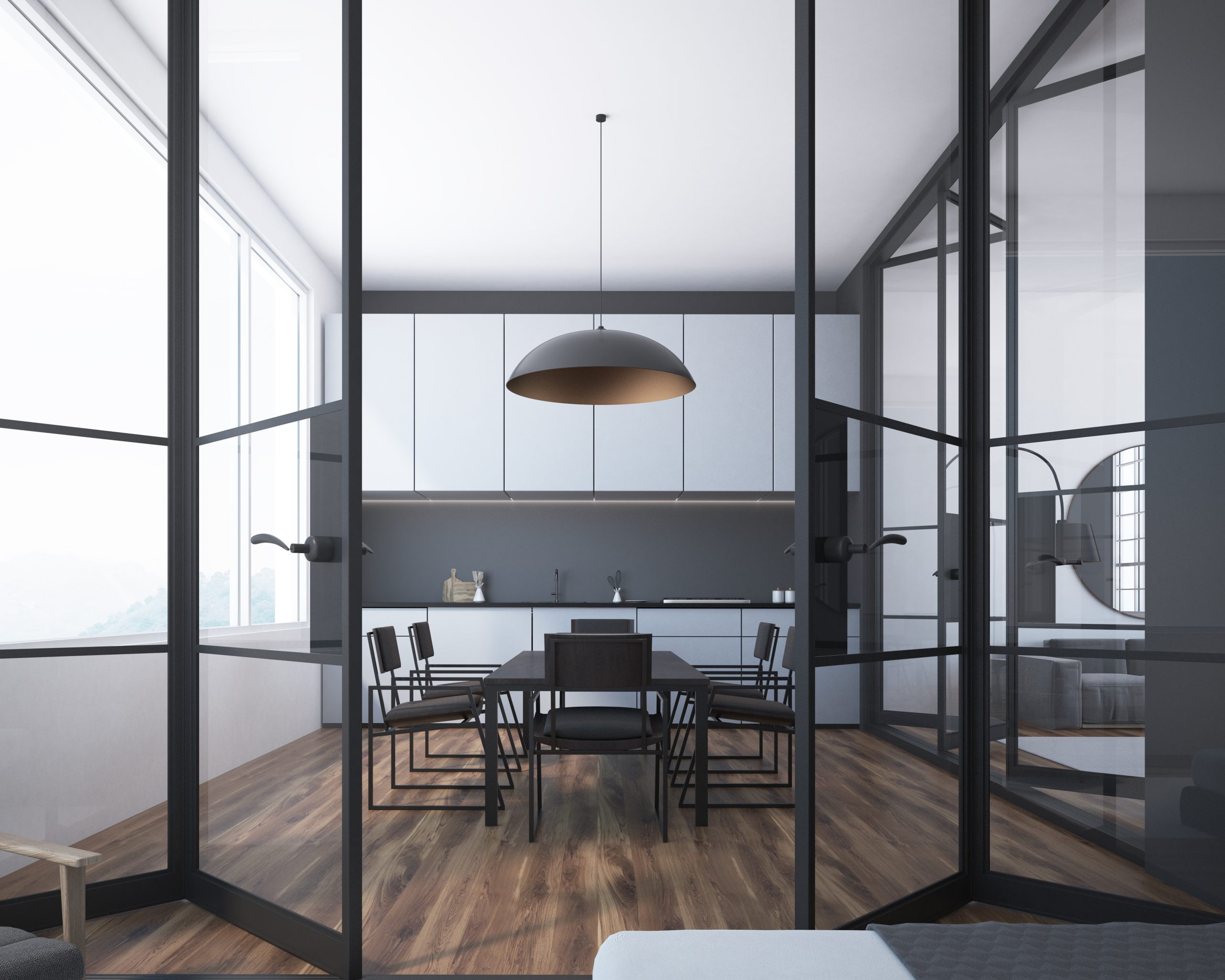
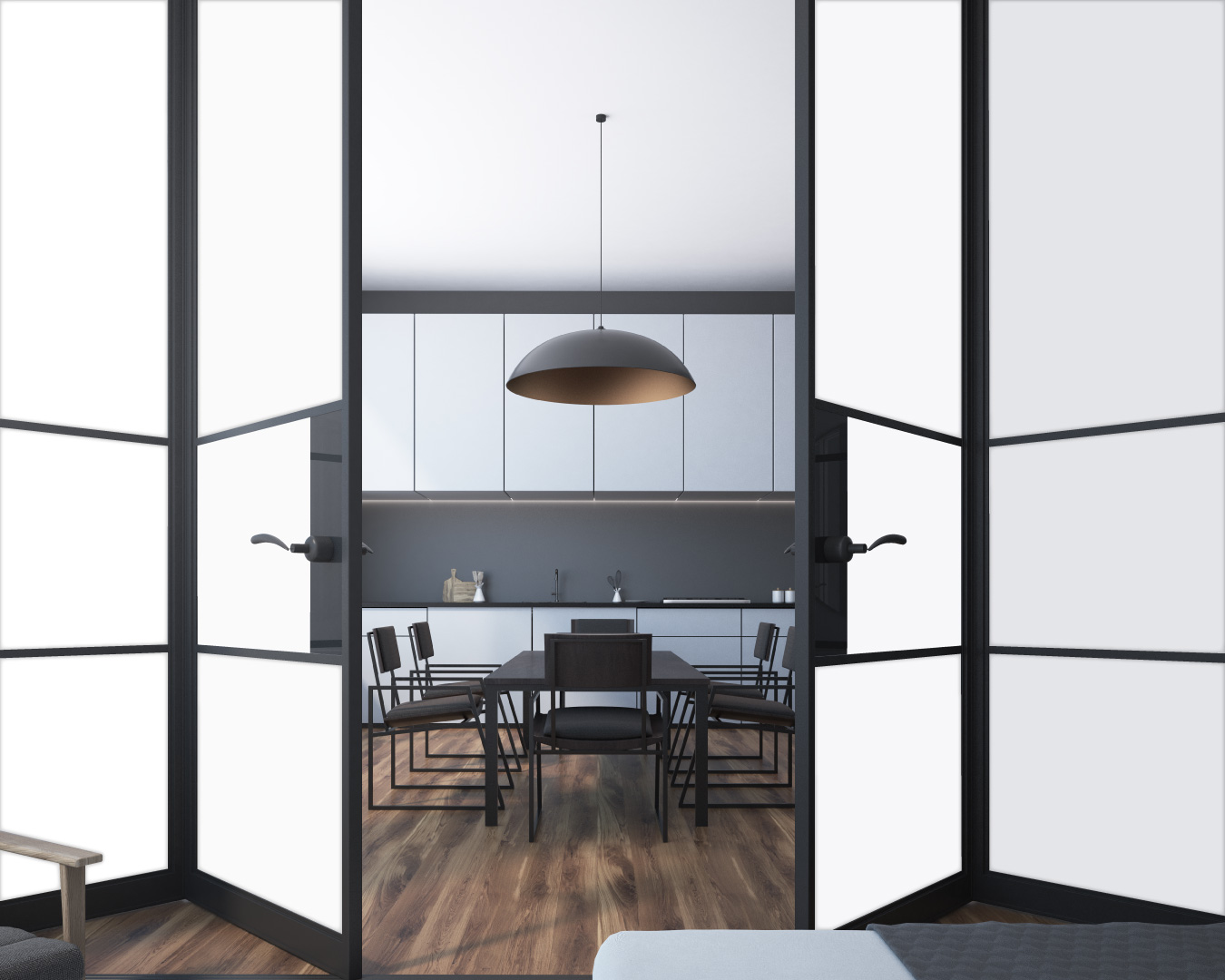
Frequently asked Questions
Our privacy glass works by utilising advanced PDLC (Polymer Dispersed Liquid Crystal) film. When an electrical current is applied, the liquid crystal molecules align, allowing light to pass through, making the glass transparent. When the current is switched off, the molecules mis-align, causing the glass to turn opaque or translucent, providing privacy.
Absolutely! Smart glass can be utilised in residential spaces to enhance privacy, create adaptable living areas, and optimise natural light.
Yes, smart glass can be retrofitted into existing buildings. Nevertheless, it's advisable to consult professionals to evaluate feasibility and the procedure.
Smart glass necessitates power to transition between states, but it's often possible to integrate it with automation systems for efficient energy usage.
The lifespan of smart glass can vary, contingent on the manufacturer and usage. With proper maintenance, it can endure for numerous years.
Certainly, smart glass can be employed in exterior applications such as facades and windows. It offers benefits such as solar control and visual aesthetics.




